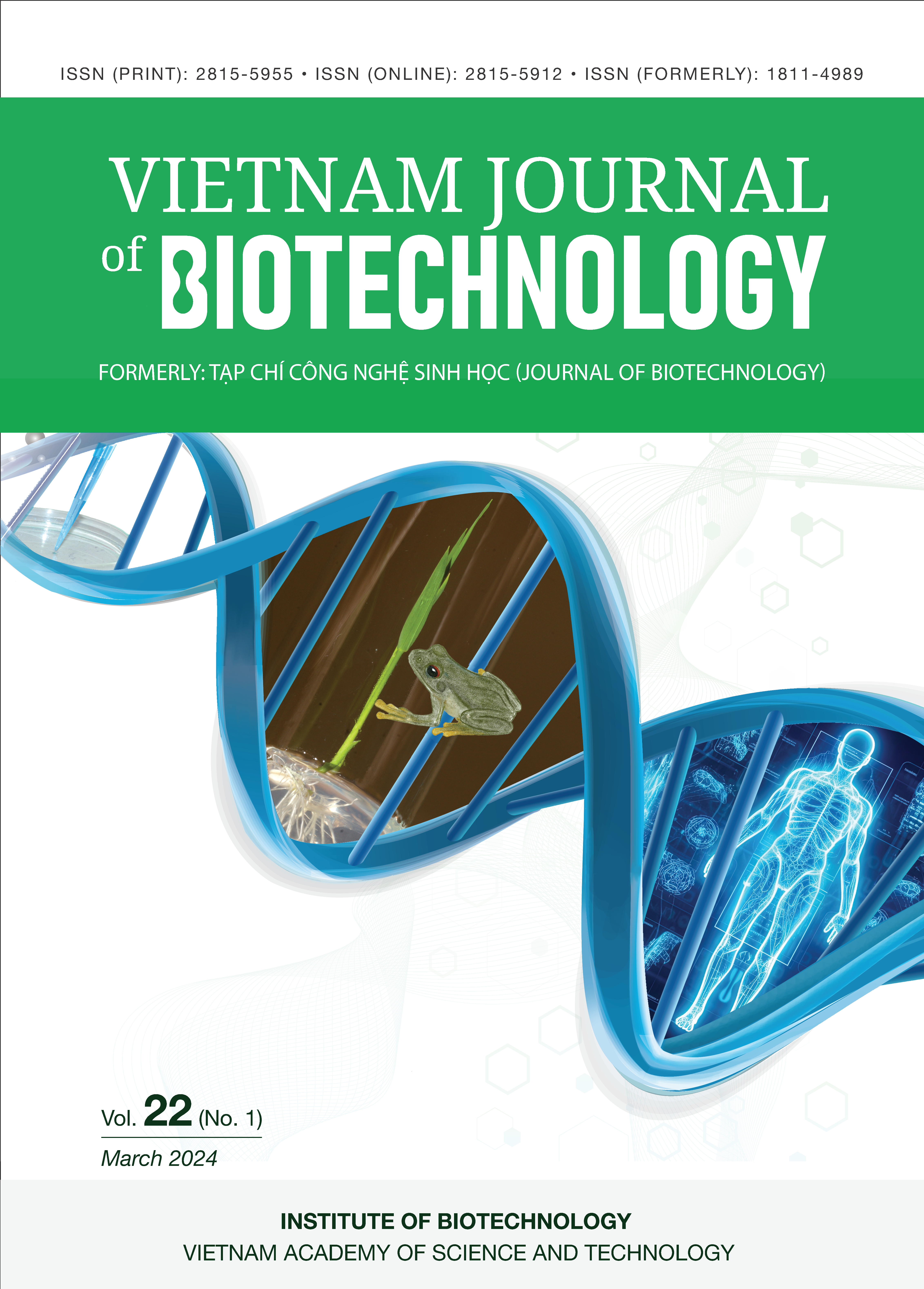Characterization of cord blood immune and stem cells from Vietnamese infants
Author affiliations
DOI:
https://doi.org/10.15625/vjbt-20713Keywords:
Immune cells, Immune profiling, Cord blood, Hematopoietic stem cells, Natural killer cells, Natural killer T cells, T lymphocyte, B lymphocyteAbstract
Cord blood has emerged as a valuable and versatile resource, holding within its grasp a myriad of immune and stem cell types with immense therapeutic potential. Moreover, immune profiling in cord blood, a burgeoning field of research, offers profound insight into the early immune development of newborns, paving the way for understanding immune health, disease susceptibility, and therapeutic interventions. Therefore, in this research, we aimed to characterize the diverse immune and stem cell types present in the cord blood of Vietnamese infants. In this study, a total of 59 cord blood samples were examined for immune cell populations. Cell populations were identified using flow cytometry based on the expression of specific markers on the cell surface. The results showed that the CD3+/CD4+ population accounted for the greatest proportion of lymphocytes (46.71 ± 8.99%), followed by the CD3+/CD8+ population (22.58 ± 6.73%). The mature B-cell population (CD3-/CD19+) accounted for 9.52 ± 3.28%, while CD3+/CD19+ cells accounted for an average of 8.59 ± 5.77%. Moreover, the NK population (CD3-/CD56+ cells) accounted for 6.44 ± 4.9%, T lymphocytes carrying both CD4 and CD8 markers (CD3+/CD4+/CD8+) accounted for 0.63 ± 0.41%, and NKT cells (CD3+/CD56+) accounted for only 0.30 ± 0.53%. Moreover, the number of hematopoietic stem cells (HSCs) tends to increase in umbilical cord blood units with a high volume and number of TNCs and MNCs. In contrast, the number of HSCs was negatively correlated with the ratio of B lymphocytes. The TCD4 ratio was positively correlated with the number of HSCs but negatively correlated with the NK ratio (p = 0.01). The study initially characterized the diversity of some stem and immune cell types present in the umbilical cord blood of Vietnamese infants. These findings laid the groundwork for developing novel immune profiles and expanding the potential applications of umbilical cord blood in cellular therapy.







